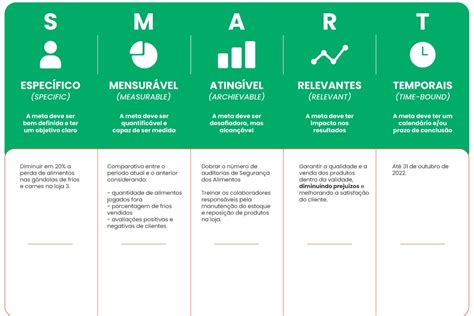Kickstart Your Financial Future with ETFs
Starting your investment journey can feel daunting, but it doesn’t have to be complicated. Exchange-Traded Funds (ETFs) offer an accessible and effective way for beginners to build wealth. ETFs are baskets of securities – like stocks, bonds, or commodities – that trade on exchanges just like individual stocks. They provide instant diversification, often come with low fees, and are generally easy to understand, making them ideal for those new to investing.
The beauty of ETFs lies in their simplicity. Instead of researching and buying dozens of individual stocks, you can buy one ETF that holds all of them, giving you broad market exposure with a single transaction. This passive approach significantly reduces risk compared to stock picking and allows you to focus on consistent contributions over time.

The Cornerstone: Broad Market Index ETFs
For beginners, the absolute best place to start is with broad market index ETFs. These funds aim to track the performance of a major stock market index, giving you exposure to hundreds or even thousands of companies in one go. Here are a few top choices:
- S&P 500 ETFs (e.g., SPY, IVV, VOO): These ETFs track the S&P 500 index, which represents 500 of the largest publicly traded companies in the United States. Investing in an S&P 500 ETF means you own a tiny piece of America’s economic engine, from tech giants to consumer staples.
- Total Stock Market ETFs (e.g., VTI, ITOT): For even broader diversification, total stock market ETFs encompass large-cap, mid-cap, and small-cap U.S. companies. This gives you exposure to the entire spectrum of the American stock market, offering a more complete picture of the economy’s growth.
These types of ETFs are foundational because they offer robust diversification within the U.S. market, have historically delivered strong returns over the long term, and boast very low expense ratios.

Expanding Your Horizons: International & Bond ETFs
Once you have a solid base in U.S. equities, consider adding international exposure and potentially some bonds to further diversify your portfolio:
- International Stock Market ETFs (e.g., VXUS, IXUS): These ETFs invest in companies outside the United States, giving you exposure to developed markets like Europe and Japan, as well as emerging markets like China and India. International diversification can provide growth opportunities from different global economies and help hedge against downturns in any single country.
- Total Bond Market ETFs (e.g., BND, AGG): While stocks are generally for growth, bonds typically provide stability and income. A total bond market ETF invests in a wide range of U.S. investment-grade bonds. For younger investors with a long time horizon, a smaller allocation to bonds might be sufficient, but they become increasingly important as you approach retirement.

Considerations for Choosing ETFs
While the options above are excellent starting points, keep these factors in mind when selecting any ETF:
- Expense Ratio: This is the annual fee you pay as a percentage of your investment. Always aim for ETFs with very low expense ratios (e.g., 0.03% to 0.10%) to maximize your returns over time.
- Liquidity: Ensure the ETF trades actively on the market, meaning there’s a good volume of buyers and sellers. This ensures you can easily buy or sell your shares at fair prices. Most major index ETFs are highly liquid.
- Provider Reputation: Stick with well-established fund providers like Vanguard, iShares (BlackRock), Schwab, or Fidelity.

Getting Started: Your First Steps
Ready to begin? Here’s a simple action plan:
- Open a Brokerage Account: Choose a reputable online brokerage firm (e.g., Fidelity, Vanguard, Charles Schwab, Robinhood).
- Fund Your Account: Set up automated transfers from your bank account to contribute regularly, even if it’s a small amount. This practice, known as dollar-cost averaging, helps smooth out market volatility.
- Buy Your Chosen ETFs: Start with a core broad market ETF (like VOO or VTI). As you get more comfortable, consider adding an international ETF.
- Automate & Hold: Set up automatic investments if your brokerage allows, and resist the urge to constantly check your portfolio or make frequent trades. Long-term consistency is key.

Conclusion: Consistency is Key
Investing in ETFs is one of the most effective and beginner-friendly ways to start building wealth. By focusing on diversified, low-cost broad market funds and committing to consistent contributions over the long term, you can harness the power of compounding and achieve your financial goals. Don’t wait; the best time to start investing was yesterday, the next best time is today.




